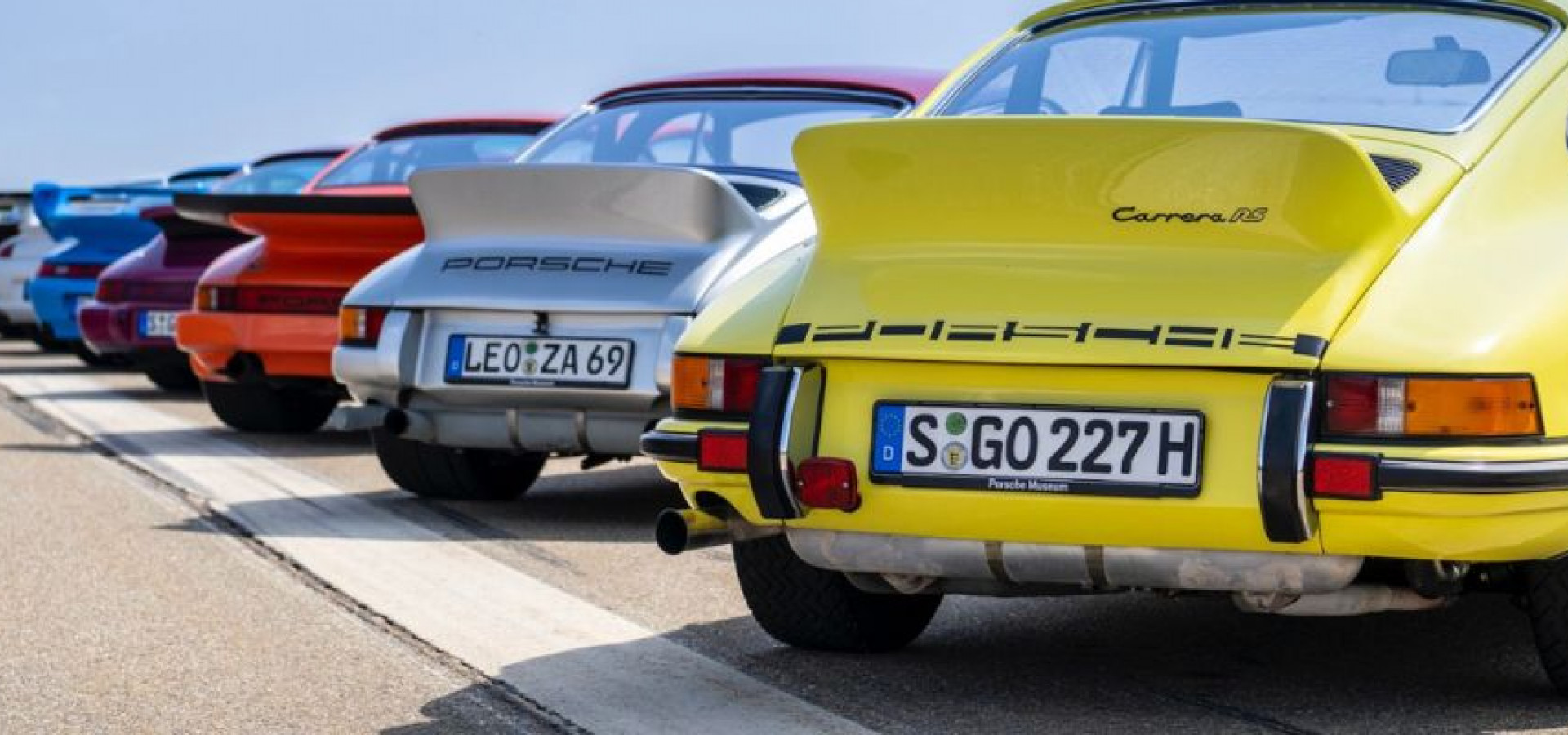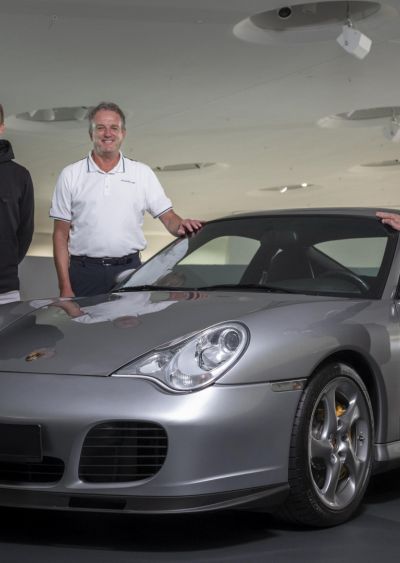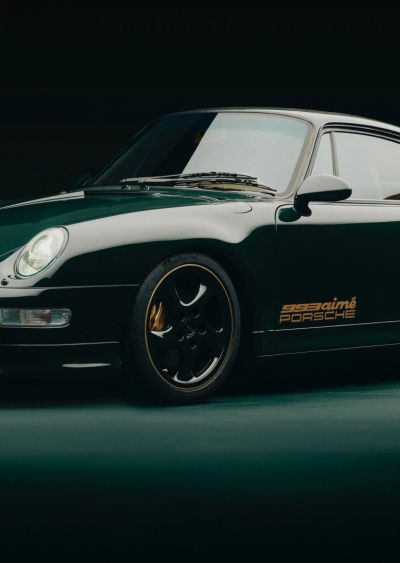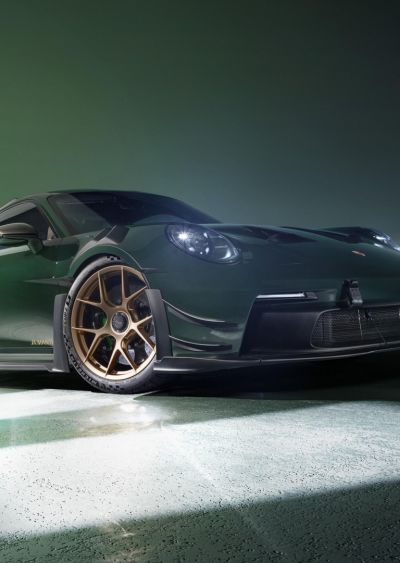Fifty years ago, a new, lightweight 911 with a unique aerodynamic rear wing was unleashed. It was a decision that would determine how many of the fastest Porsche sportscars would look to this day. This is the story of the Porsche 911 ducktail
The tale of the Porsche 911 ducktail
Exactly 50 years ago, Porsche unveiled a car with a design and engineering feature that looked like nothing ever seen before on a production road car. It didn’t take long for posters of it to adorn the walls of petrolheads of all ages the world over. Today – just as it did half a century ago – there are few sportscars that raise the temperature quite like the 911 Carrera RS 2.7 and its distinctive “ducktail” rear wing. It was the trailblazer for the dramatic aerodynamic rear wings that we have seen on the fastest Porsche road cars ever since – although in ducktail form itself, it has only been seen again briefly.
The original ducktail rear wing: 911 Carrera RS 2.7 (1972)
Today, we are used to distinctive aerodynamic additions to modern sportscars. But the ducktail – so nicknamed by the Porsche marketing department due to its characteristic shape – was truly radical. It was the world’s first rear spoiler on a production vehicle.
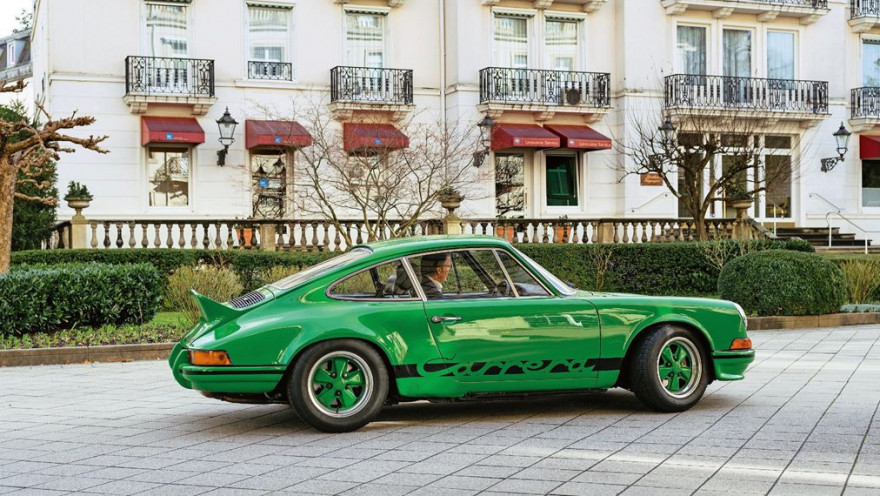
When it was unveiled in 1972, the 911 Carrera RS 2.7 became the first ever production car to feature a rear aerodynamic wing
The Carrera RS 2.7 – the first Porsche to carry the ‘Carrera’ name since the 356 – was unveiled at the 1972 Paris Motor Show. Its 210hp engine and body and chassis adjustments meant that it weighed in at less than 1000kg. That light weight gives you a clue as to why the rear spoiler was added – its aim was to help keep this special 911 planted on the road, creating downforce by increasing the contact pressure on the rear wheels. The ‘Entenbürzel’ – as the ducktail was called in German – worked in tandem with front aerodynamic enhancements on this version of the 911, built to meet homologation rules.
An advertising slogan at the time boasted that “Only 500 men are going to drive it...” (advertising, like much of public life itself at the turn of the 1970s, hadn’t embraced the push for equality that we take for granted today). But the truth was that Porsche was a little concerned that the Carrera RS 2.7 – which was an expensive motor car for its time – would sell even that many. They needn’t have worried. Porsche had sold more than three times that number – 1,580 – by the time the last of this classic Porsche sportscars had rolled off the line. Its legend continues to resonate today.

The 911 Carrera RS 2.7 has been a fan favourite for 50 years – this one is owned by TAG Heuer Porsche Formula E Team driver, André Lotterer
A car of great exclusivity: 911 Sport Classic (2009)
It would be almost four decades before a Porsche would officially see the ducktail spoiler again – although the rear aero addition from that first car was here to stay, albeit in a succession of different design forms. In the shape of the 911 Sport Classic (type 997), it would be even more exclusive than in its original form. Premiering at the 2009 Frankfurt Motor Show, just 250 examples were made of the 911 Sport Classic – and it wasn’t available for sale at all in the United States. All were dressed in the same Sport Classic Grey colour, which harked back to the Fashion Grey of the 356 era, with twin distinctive darker stripes down the centre of the car.
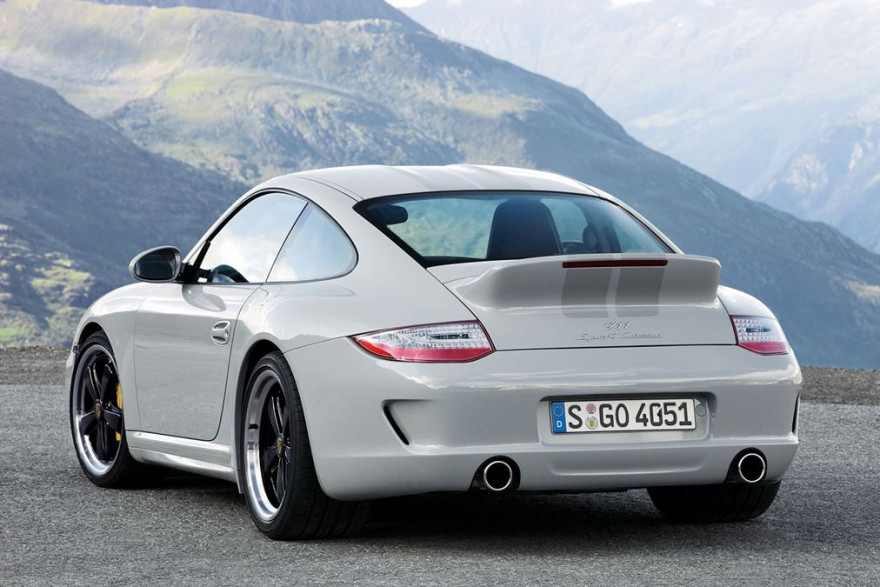
Limited to just 250 examples, the 2009 911 Sport Classic was only the second Porsche to feature the ducktail rear wing
Among its standout features was its double dome roof – designed to comfortably accommodate drivers (and passenger) in race helmets. And the 911 Sport Classic, with its bold and wide rear end, also sat on updated versions of the famous Porsche Fuchs rims. But there is little doubt that stealing the show, once again, is that ducktail spoiler. Beyond its aerodynamic qualities, its presence remains a head-turner and a significant nod towards the heritage of Porsche that so many hold dear.
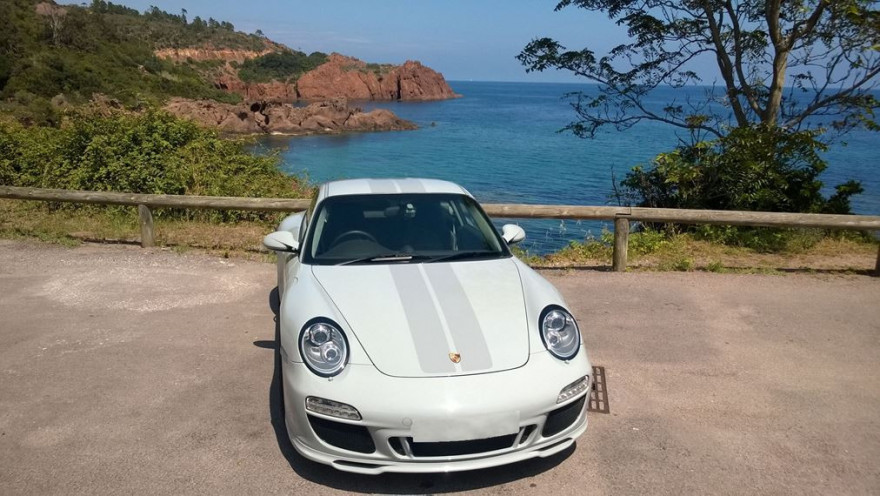
The 2009 911 Sport Classic is today one of the most sought-after versions of the iconic Porsche sportscar
The Heritage Design model: 911 Sport Classic (2022)
And so, to today – and the ducktail is officially back again. Following the 911 Targa 4S Heritage Design Edition of 2020, the new 911 Sport Classic is presented as the second instalment of the Porsche Heritage Design strategy. This aims to reinterpret 911 models from each decade between the 1950s and 1980s. In this instance, the inspiration of the Carrera RS 2.7 is there for all to see.

50 years on from its first appearance on a 911, the new Heritage Design version of the 911 Sport revives the ducktail rear wing
A collaboration between the Style Porsche design department and Porsche Exclusive Manufaktur, that double bubble roof of the 2009 Sport Classic returns, as does the wider rear track. The distinctive grey tones of that car also make a comeback in the form of the new Sport Grey metallic colour, although there are three other colours to choose from as well as the opportunity, from October 2022, to order one – 1,250 examples will be available in total – in the Paint To Sample colour of your choice.
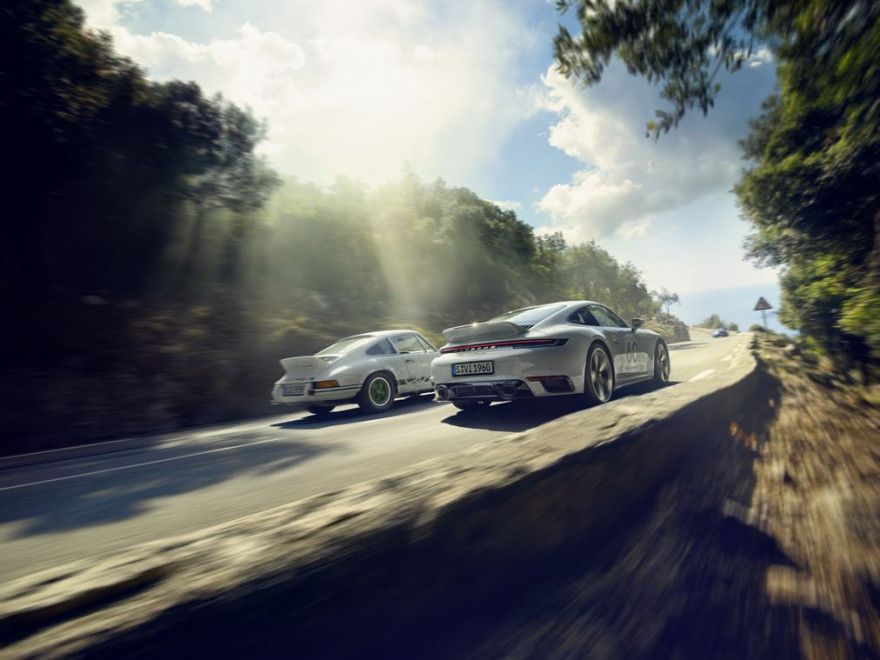
Ducktails hunting: 50 years between them, but a shared Porsche sportscar philosophy – and that inimitable, unmistakeable rear end
Its exclusivity continues on the inside in the form of that most iconic of Porsche materials, the Pepita pattern, found in the door panels and seat centres. Oh, and in another nod to the past, it is only available in rear-wheel drive form and with a manual gearbox, powered by a twin turbo-charged variant of the 3.7-litre flat-six engine of the current 992. With power output at 550PS, it’s the most powerful manual 911 yet.

Developed by Porsche with the Porsche Club of North America, the one-off 911 Classic Club Coupe celebrates the mighty ducktail
Of course, you can’t help shine a light on that ducktail rear wing. The Porsche 911 sportscar of 2022 is a very different beast from its 1970s ancestor. But whatever iteration of Porsche that the ducktail wing has been married to – and it’s time here to also mention the recently unveiled, one-off 911 Classic Club Coupe, based on a 996, complete with the ducktail – the simplicity and elegance of its design blends in seamlessly.
It’s a testimony to the legend that is the Porsche 911 and its timeless, sporty character – which are attributes that you can also readily assign to the ducktail rear wing itself. Fifty years on, its legacy remains as strong as it’s ever been.
Info from Porsche
